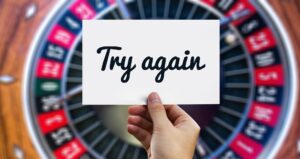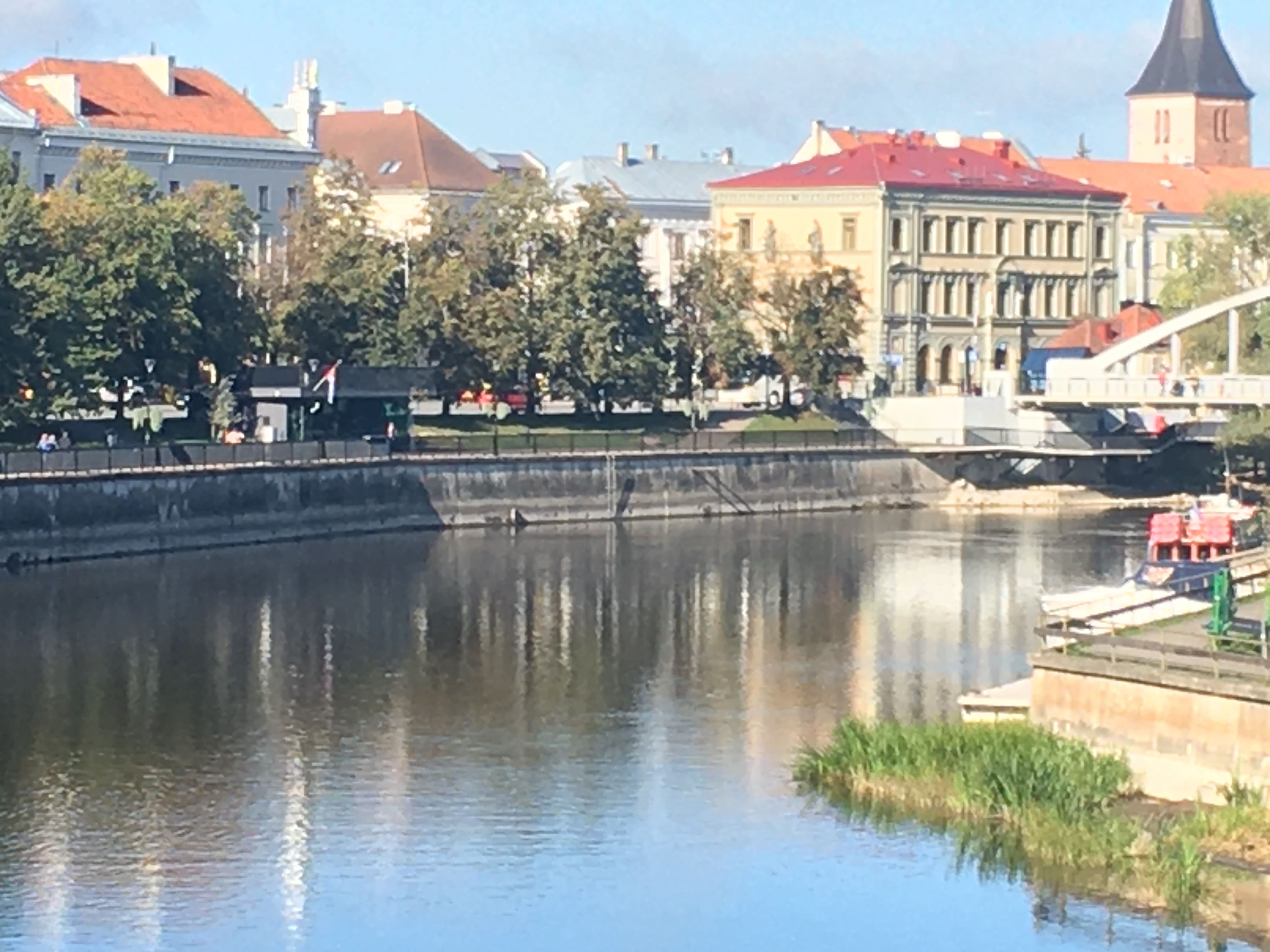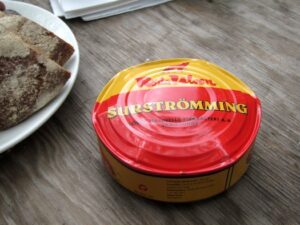Some days I feel like the paternal side of my family came from thin air. Living in Tartu, the only traces I experience of my Estonian family are the tombstones in the cemetery and a scattering of photos.
The Soviet occupation separated those who were inside and those who lived in the west. My Estonian grandmother had six children and for the last twenty-two years of her life, had no children in Estonia. Three died young. One disappeared in Russia during World War I at the age of nineteen or twenty. My father escaped the Soviet Union during World War II and his brother had left before the war to study engineering. Both my father and my uncle hid their Estonian memories from their children.
A photo of a farm where the memories they shared with us where made but no knowledge of where that farm was, who the uncle was who farmed it, or if I have distant cousins living on the farm.
If it weren’t for the tombstones, I might imagine that my father did not come from Estonia or that his survival was fabricated. The line drawn between the Soviet Union and the “west” still continues to haunt my life, long after the Soviet Union’s demise.
Some days I feel like one of the bus loads of tourists at the grassy knoll in Dallas, Texas, searching for the missing clues that would reveal what happened to John F. Kennedy almost sixty years ago. Only I’m searching for clues from eighty years in the past.









 The search for umbrellas was equally frustrating. I didn’t bring my falling-apart umbrella from California. It took a week of searching before I found a store selling “vihmavarjud.”
The search for umbrellas was equally frustrating. I didn’t bring my falling-apart umbrella from California. It took a week of searching before I found a store selling “vihmavarjud.”
